Top 10 Artificial Intelligence APIs for Developers
Artificial Intelligence (AI) has become a pivotal force in modern software development, enabling applications to offer smarter, more intuitive experiences. APIs (Application Programming Interfaces) are the gateways that allow developers to integrate AI capabilities into their applications with ease. Here, we explore the top 10 AI APIs that developers should consider for their next project.
1. Filestack
Filestack is a robust API for file handling, providing powerful tools for uploading, processing, and transforming files. It incorporates AI to enhance functionalities such as image recognition, content moderation, and facial detection.
Key Features:
- Image and video processing
- Content moderation for images
- Machine learning-based image recognition
- Secure file handling
2. IBM Watson
IBM Watson offers a comprehensive suite of AI tools and services that span natural language processing, machine learning, and computer vision. Its APIs enable developers to build and train models, analyze data, and integrate AI into their applications seamlessly.
Key Features:
- Watson Assistant for conversational interfaces
- Natural Language Understanding
- Visual Recognition
- Speech to Text and Text to Speech
3. OpenAI GPT-4
OpenAI’s GPT-4 is a state-of-the-art language model that excels in generating human-like text. It’s widely used for creating chatbots, content generation, and language translation, among other applications.
Key Features:
- Natural language understanding and generation
- Contextual text completion
- Advanced conversational agents
- Language translation
4. Google Cloud AI
Google Cloud AI provides a wide array of machine learning and AI services. With APIs for vision, speech, language, and structured data, it supports a range of applications from simple image recognition to complex data analytics.
Key Features:
- Cloud Vision API for image analysis
- Cloud Speech-to-Text and Text-to-Speech
- Natural Language API
- AutoML for custom model training
5. Amazon Lex
Amazon Lex is a service for building conversational interfaces using voice and text. It provides deep learning functionalities of automatic speech recognition (ASR) and natural language understanding (NLU) to create sophisticated chatbots.
Key Features:
- Integration with AWS services
- Automatic speech recognition
- Natural language understanding
- Seamless deployment of chatbots
6. Microsoft Azure Cognitive Services
Microsoft Azure Cognitive Services offer a wide array of APIs that bring AI capabilities to applications. From vision and speech to language and decision-making, these APIs enable developers to build intelligent applications.
Key Features:
- Computer Vision API
- Speech Service
- Language Understanding (LUIS)
- Personalizer and anomaly detection
7. Clarifai
Clarifai specializes in image and video recognition. Its API provides powerful tools for visual search, facial recognition, and video analysis, making it a popular choice for developers needing robust visual AI capabilities.
Key Features:
- Image and video recognition
- Facial recognition
- Visual search
- Custom model training
8. DeepAI
DeepAI offers a suite of APIs designed to bring deep learning capabilities to developers. It includes image and text processing, offering functionalities such as image colorization, text generation, and style transfer.
Key Features:
- Image colorization and generation
- Text generation and summarization
- Style transfer
- Image recognition
9. Aylien
Aylien focuses on natural language processing and text analysis. Its APIs provide tools for extracting insights from text, including sentiment analysis, entity recognition, and content categorization.
Key Features:
- Sentiment analysis
- Entity recognition
- Text classification
- Article extraction and summarization
10. Wit.ai
Wit.ai, owned by Facebook, is a platform for building conversational interfaces. It allows developers to process natural language and create voice and text-based bots with ease.
Key Features:
- Natural language processing
- Voice and text-based interactions
- Intent recognition
- Entity extraction
Conclusion
Integrating AI into applications has never been easier, thanks to these powerful APIs. Whether you need natural language processing, image recognition, or conversational agents, these top 10 AI APIs offer the tools and functionalities to bring your ideas to life. Leveraging these APIs, developers can build smarter, more intuitive applications that meet the demands of today’s tech-savvy users.
FAQs on Artificial Intelligence APIs for Developers:
1. What are AI APIs, and how can they benefit my development projects?
Answer: AI APIs (Application Programming Interfaces) are pre-built tools provided by AI platforms that allow developers to integrate artificial intelligence functionalities into their applications without needing to build these capabilities from scratch. They can benefit your projects by:
- Reducing development time and costs.
- Providing access to advanced AI technologies such as natural language processing, image recognition, and machine learning.
- Enhancing the capabilities of your applications with features like chatbots, voice recognition, and predictive analytics.
2. What are some common use cases for AI APIs?
Answer: AI APIs can be applied across various domains and industries. Common use cases include:
- Natural Language Processing: Text analysis, sentiment analysis, language translation, and chatbots.
- Computer Vision: Image and video recognition, facial detection, and object detection.
- Speech Processing: Speech-to-text, text-to-speech, and voice recognition.
- Predictive Analytics: Forecasting trends, anomaly detection, and recommendation systems.
- Data Analysis: Automated data categorization, summarization, and entity extraction.
3. How do I choose the right AI API for my project?
Answer: Choosing the right AI API depends on several factors:
- Project Requirements: Identify the specific AI functionalities you need (e.g., NLP, computer vision).
- Ease of Integration: Look for APIs with comprehensive documentation and easy integration.
- Scalability: Ensure the API can handle your application’s current and future workload.
- Cost: Consider the pricing model and how it fits your budget.
- Support and Community: Check for available support options and the size of the user community for troubleshooting and advice.
4. What are some popular AI APIs available to developers?
Answer: Some popular AI APIs include:
- Filestack: For file handling and image recognition.
- IBM Watson: For a wide range of AI services including NLP, machine learning, and computer vision.
- OpenAI GPT-4: For natural language understanding and generation.
- Google Cloud AI: For vision, speech, language, and custom machine learning models.
- Amazon Lex: For building conversational interfaces.
- Microsoft Azure Cognitive Services: For vision, speech, language, and decision-making.
- Clarifai: For image and video recognition.
- DeepAI: For image and text processing.
- Aylien: For text analysis and NLP.
- Wit.ai: For building conversational bots.
5. Are there any limitations or challenges when using AI APIs?
Answer: While AI APIs offer many benefits, there are some limitations and challenges to be aware of:
- Data Privacy and Security: Ensure the API provider complies with data privacy regulations and securely handles your data.
- Cost: Depending on usage, costs can escalate, especially with high-volume data processing.
- Dependency: Relying heavily on third-party APIs may create dependencies that could affect your application if the service is disrupted or discontinued.
- Customization: Some APIs may not offer the level of customization needed for specific applications, necessitating additional development work.
- Performance: API performance can vary based on network latency and the provider’s infrastructure, impacting real-time applications.
Understanding these FAQs can help developers make informed decisions when integrating AI APIs into their projects, ensuring they leverage these powerful tools effectively.



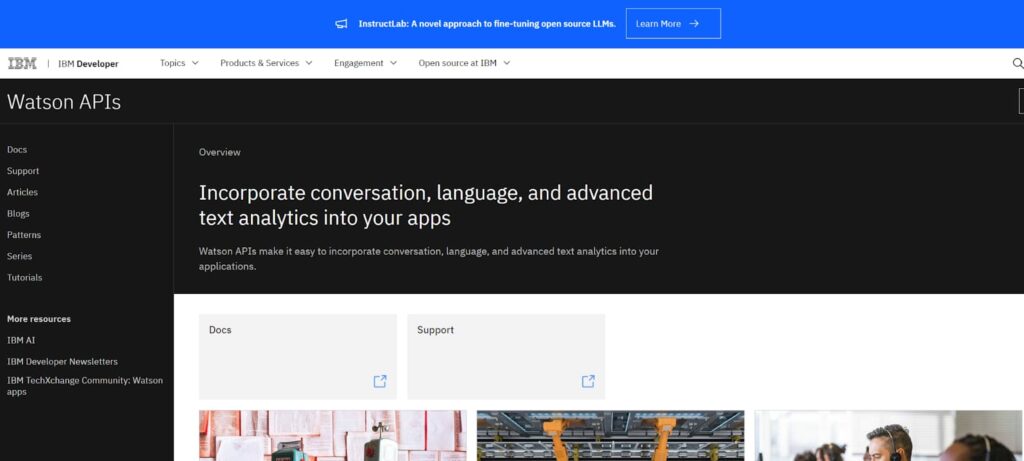
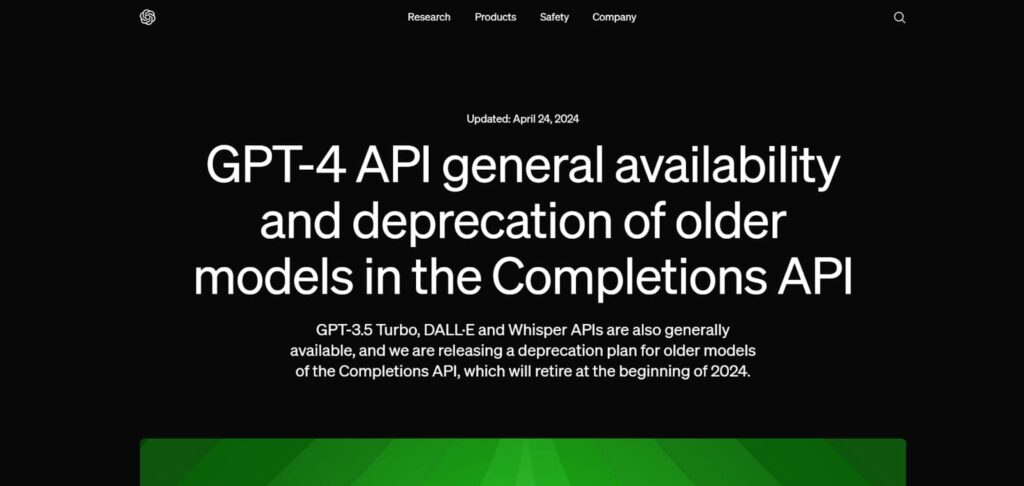
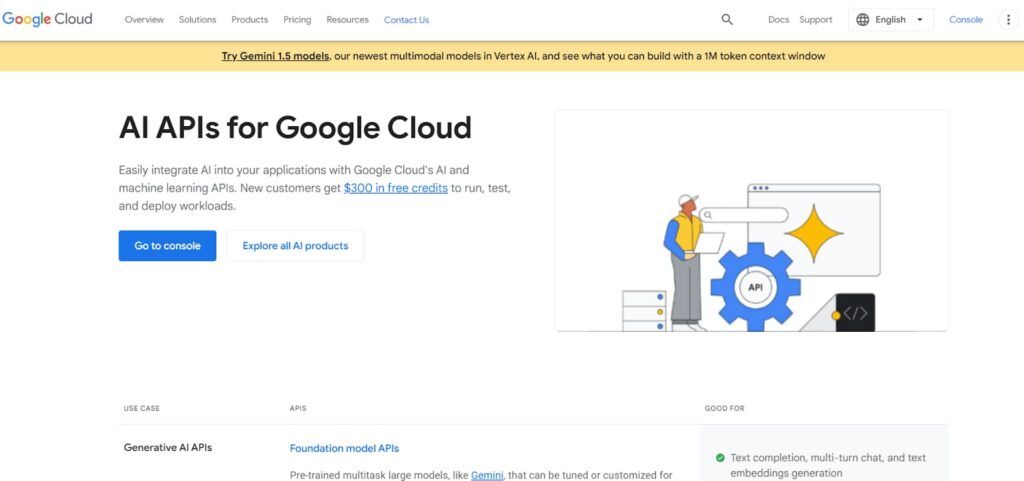
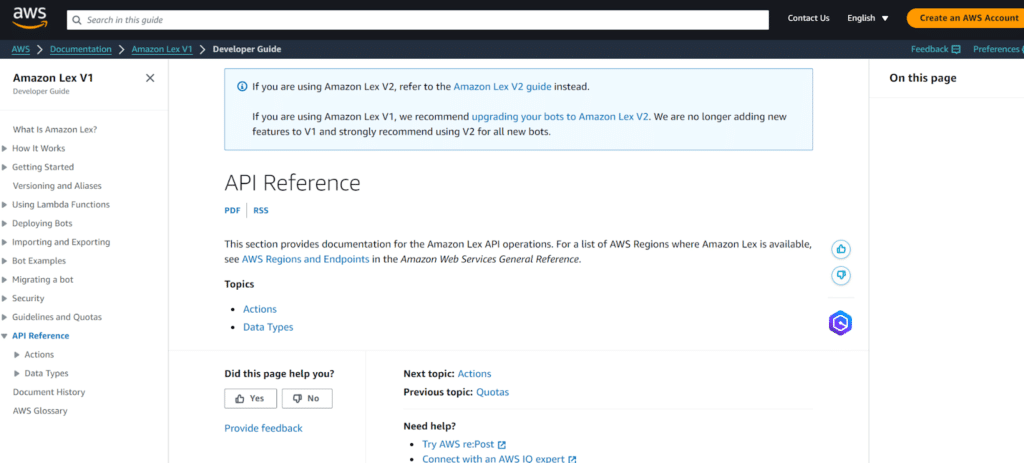
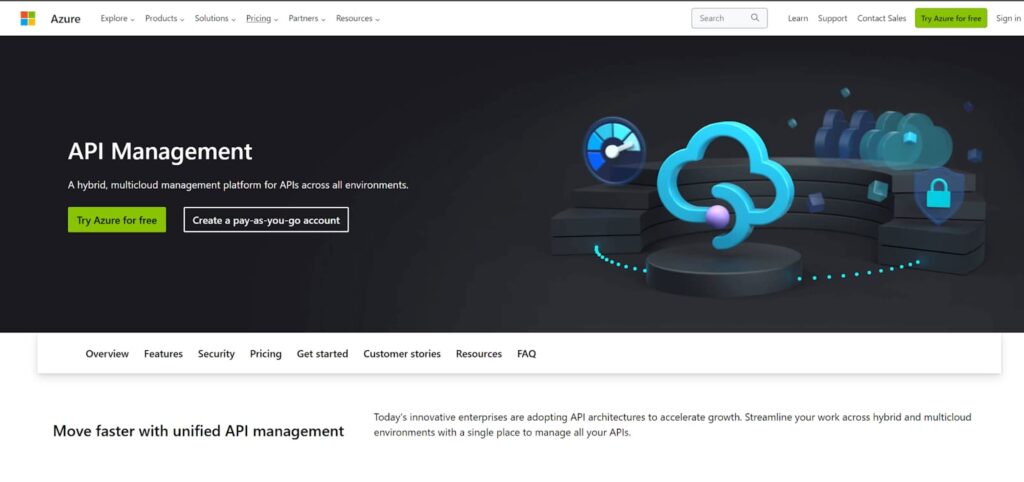


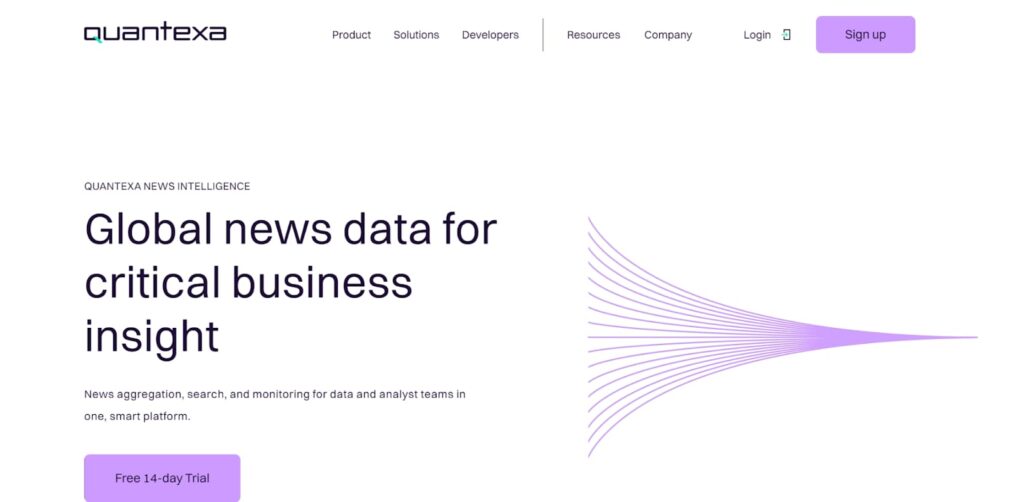
























Leave a Reply